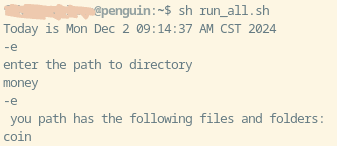Also posted here.
Remember that second hand Chromebook I bought for a client years ago?
They upgraded and gave it back, so let's put Linux or Ubuntu on it.
I'm going to see if I can put a distro in there and switch between Chrome OS and Linux.
It took longer to find the correct package to install than anything else. Out of the proverbial Chrome Development Mode box, it doesn't recognize apt, apt-get, or yum. Nor does it recognize any attempts to install them.
The Chromebook's Linux option installs Penguin, the default Linux Container on Chrome OS. It struggled to start, so I deleted the Linux container and tried again with success.
Most instructions say to enable your Chromebook’s Developer Mode then open a certain terminal; Instead, I found you enable Linux Penguin through Chrome OS (Easy, check your settings) and use that containerized version.
When you do this, Crostini is already installed, which is a more secure form of Crouton. Crouton is outdated. Crostini creates a Linux container within Chromebook OS, and they both have neat bread names.
But now it's time to reacquaint myself with actually using Linux. I couldn't get a full Ubuntu setup to replace Chromebook, apparently a security issue, but I can at least use the penguin container, which is Linux running in a little box in Chrome OS.
The edition is 6.6.50, and even after updating, it's still that. No problem, but some commands do no work. I know there are different Linux distros, but I thought most commands were the same.
I wrote my first Bash script thanks to the Learn Linux For Beginners Book on FreeCodeCamp.org that tells me the date and the files and folders in a directory of my choosing;

The container uses a side google account of mine.
I also parsed log information with commands like 'sort', 'awk', 'cut' and 'sed', managed background processes with ['&', 'fg', 'jobs', and 'kill'] commands, and managing cron, a time-based scheduler.
I'm continuing to learn and am posting updates on BlueSky.

Comments
Post a Comment